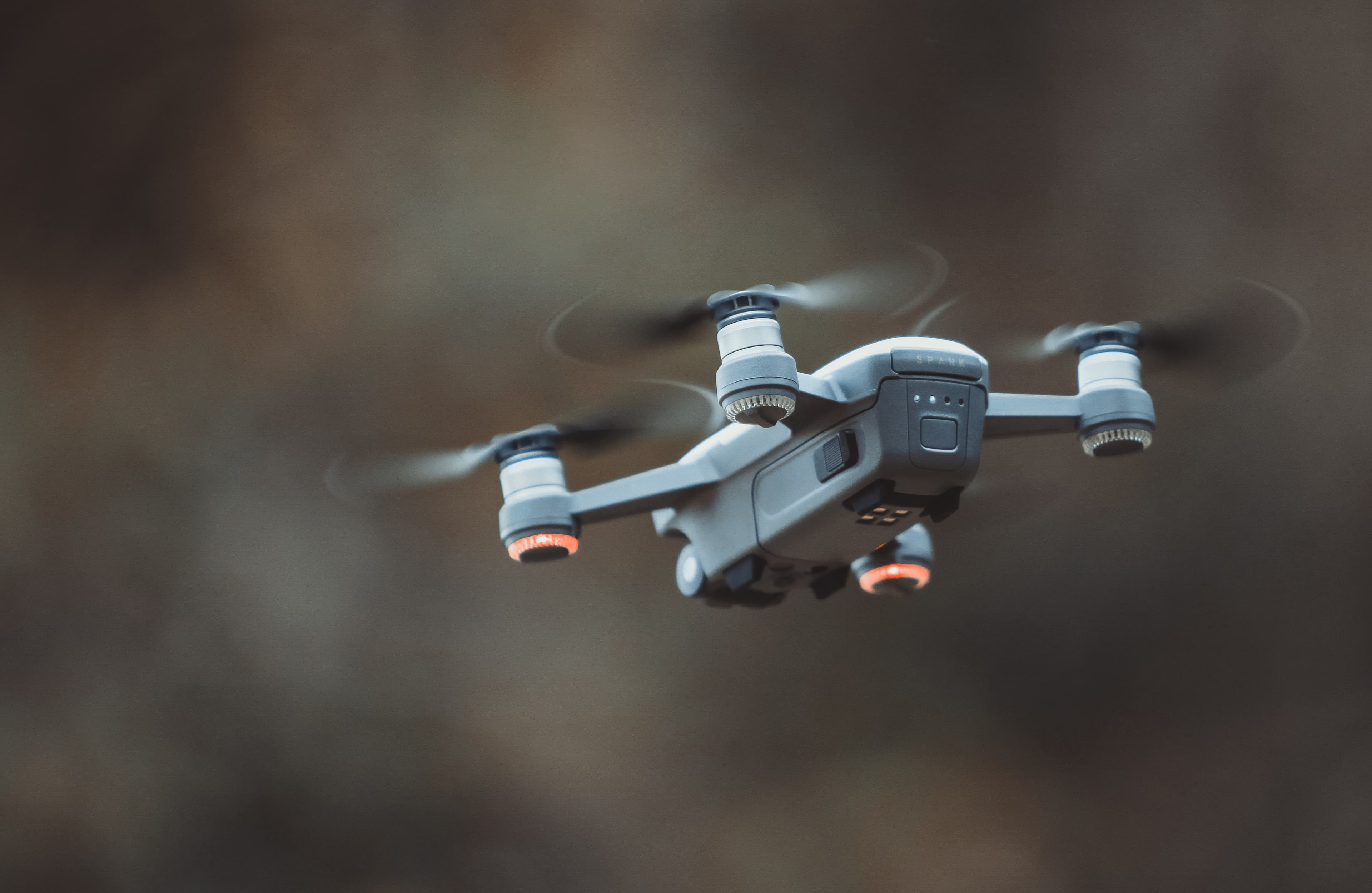The intersection of autonomous drones and delivery services is nothing short of a logistical revolution. These unmanned aerial vehicles (UAVs) are no longer mere technological novelties; they are becoming an integral component of the modern supply chain. This article aims to explore the exciting possibilities and challenges that this technology presents, using a blend of business and technical language.
Table of Contents
- Technological Landscape
- Market Potential and Business Models
- Regulatory Challenges
- Case Studies
- Conclusion
Technological Landscape
AI and Machine Learning Algorithms
Central to the operation of autonomous drones is the application of Artificial Intelligence (AI) and machine learning. Algorithms are employed to optimize routing, balance loads, and even adapt to varying weather conditions. For example, companies like Skydio have developed collision avoidance systems based on deep learning models.
IoT and Telemetry
Internet of Things (IoT) technologies provide real-time monitoring and telemetry, contributing to improved safety and operational effectiveness. Sensors collect data on speed, altitude, and battery levels, feeding them to centralized control systems for analysis.
Market Potential and Business Models
B2C and B2B Applications
The market for drone deliveries is vast, encompassing both Business-to-Consumer (B2C) and Business-to-Business (B2B) models. While companies like Amazon and Alphabet’s Wing are targeting direct-to-consumer delivery, players like Zipline focus on delivering medical supplies to remote or underserved areas.
ROI and Cost-Benefit Analysis
Investing in autonomous drone technology promises substantial ROI (Return on Investment) due to lower labor costs and faster delivery times. However, the initial capital expenditure (CAPEX) for drone fleets and supporting infrastructure can be significant.
Regulatory Challenges
FAA Guidelines and No-Fly Zones
One of the most significant barriers to the mass adoption of autonomous drones is regulatory scrutiny. In the United States, the Federal Aviation Administration (FAA) has issued guidelines on drone operations, including limitations on flying over populated areas or near airports.
Data Security and Privacy
Data privacy is another area of concern. The telemetry and imaging data collected by drones must adhere to privacy laws, such as the General Data Protection Regulation (GDPR) in Europe.
Case Studies
Amazon Prime Air
Amazon’s Prime Air initiative is perhaps the most publicized effort in drone deliveries. The service aims to deliver packages within 30 minutes of an order being placed, targeting a delivery radius of up to 15 miles.
Zipline’s Medical Deliveries
Zipline, a drone delivery startup, has been instrumental in delivering critical medical supplies in Rwanda and Ghana. The company’s drones have covered over 4 million flight miles and delivered more than 200,000 medical products to date.
Conclusion
The convergence of autonomous drones and delivery services is reshaping the logistics and e-commerce landscape. While technological advancements have enabled drones to be more reliable and efficient, regulatory and security challenges persist. Companies investing in this technology must adopt a multi-faceted approach, balancing technical requirements, business model viability, and regulatory compliance to succeed in this rapidly evolving sector.
Understanding the complex dynamics between technology, business, and regulations can help stakeholders make informed decisions, thus driving innovation and growth in the industry.
